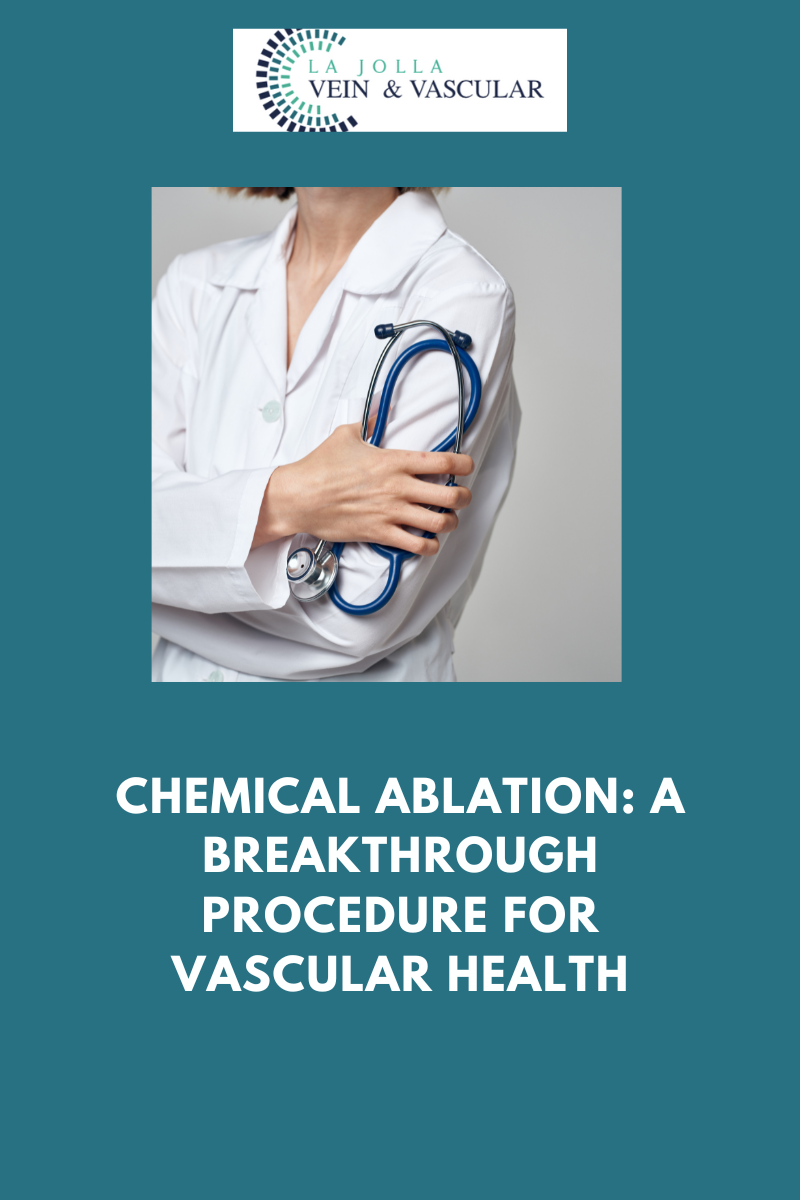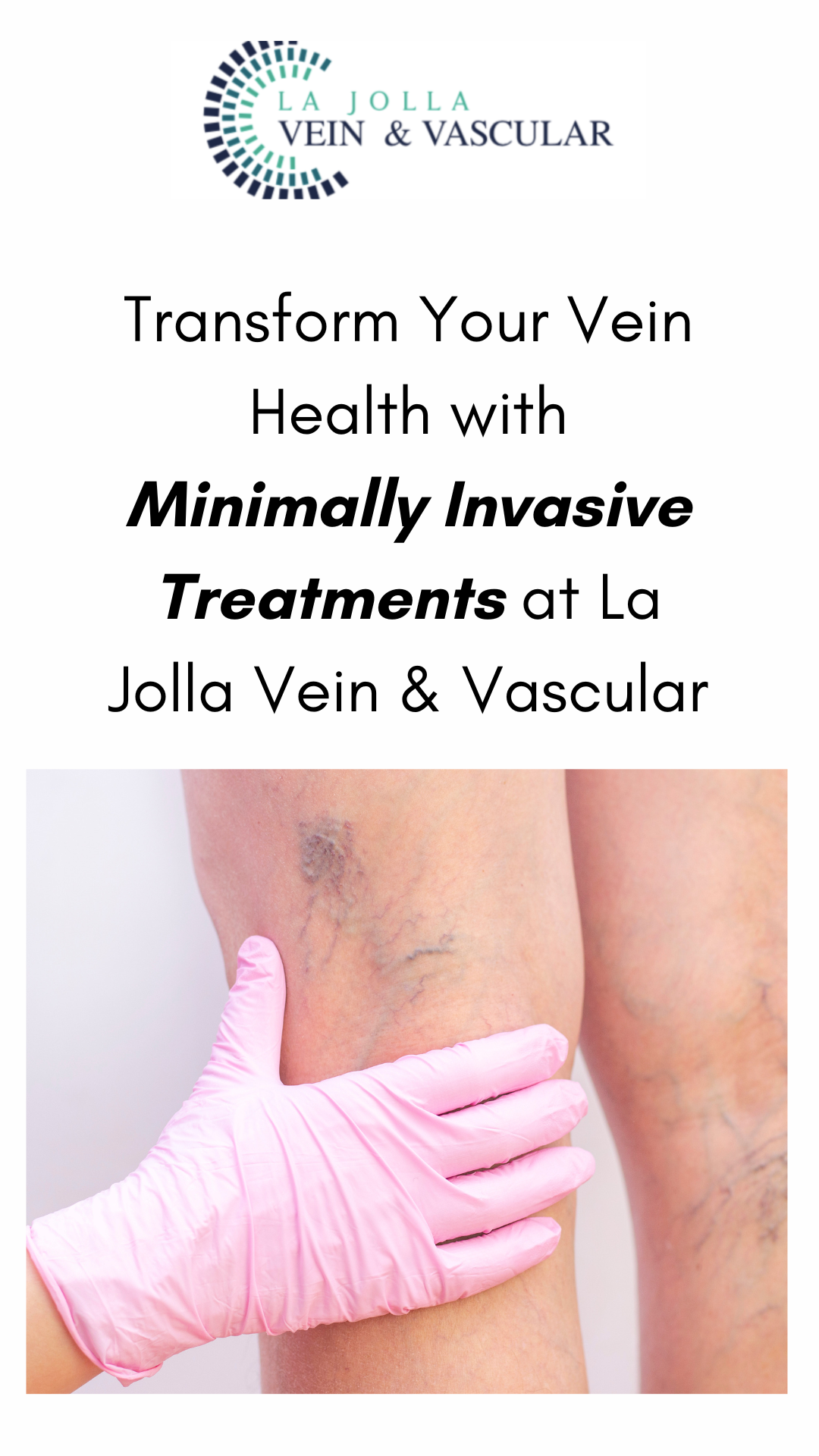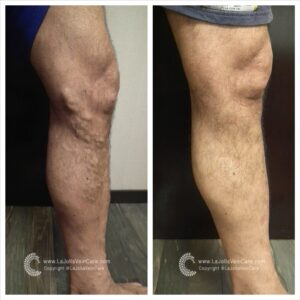Persistent Non-Healing Ulcers and Venous Disease: Uncovering the Link and Finding Relief
LJVascular2024-10-06T18:31:53-07:00Persistent Non-Healing Ulcers and Venous Disease: Understanding the Connection and Finding Effective Relief
Non-healing ulcers, a condition more serious than typical wounds, can significantly affect your health. Unlike ordinary cuts, these ulcers require specialized attention and care. At La Jolla Vein & Vascular, we are committed to addressing non-healing ulcers and the complications they can cause. This article explores the causes, symptoms, and advanced treatments available to help you find relief and regain your quality of life.
What are Non-Healing Ulcers? Understanding the Different Types
Non-healing ulcers can be classified into several types, each stemming from different health issues:
- Arterial or Venous Ulcers: Caused by poor blood flow, either from arterial or venous problems, these ulcers are challenging to heal due to limited circulation.
- Pressure Ulcers: Also known as bedsores, these develop from prolonged pressure on the skin, often affecting individuals with limited mobility.
- Diabetic Ulcers: People with diabetes may experience foot ulcers due to nerve damage and circulation issues, making these ulcers difficult to treat.
What Causes Non-Healing Ulcers?
Several risk factors disrupt the body’s ability to heal wounds naturally. These include:
- Nerve Damage (Neuropathy): Reduced sensation makes it harder for the body to recognize and heal wounds.
- Circulatory Issues: Poor blood flow deprives tissues of oxygen and nutrients necessary for healing.
- Chronic Conditions: Diseases like diabetes and vascular disorders hinder the body’s natural healing processes.
Key Symptoms of Non-Healing Ulcers: Why Early Action is Crucial
It’s essential to seek professional care for non-healing ulcers if you notice any of the following symptoms:
- Dark or bluish edges around the wound
- Persistent or worsening pain
- Foul odor from the wound
- Swelling, redness, and inflammation
- Continuous drainage from the ulcer
Prompt treatment is critical to prevent infection and other complications.
Effective Treatments for Non-Healing Ulcers
Treating non-healing ulcers requires a tailored approach. Here are some of the methods we offer at La Jolla Vein & Vascular:
- Compression Wrapping: Boosting circulation to speed up healing.
- Specialized Dressings and Medications: Promoting healing and preventing infection.
- Negative Pressure Therapy (NPWT): Utilizing vacuum technology to stimulate tissue regeneration.
- Surgical Intervention: Removing damaged tissue to enable the wound to heal.
- Growth Factor Therapy: Enhancing the body’s healing processes.
Expert Care at La Jolla Vein & Vascular
Our experienced team at La Jolla Vein & Vascular is dedicated to providing personalized care for non-healing ulcers. Our board-certified vascular specialists work together to deliver comprehensive solutions, ensuring you receive the highest quality treatment.
For expert vein and vascular care, contact La Jolla Vein & Vascular at 858-550-0330. To learn more about our services, visit La Jolla Vein & Vascular or check out our educational content on our YouTube Channel.
Follow us on Instagram and TikTok for more insights on vascular health.
Get more information about Venous Disease
















